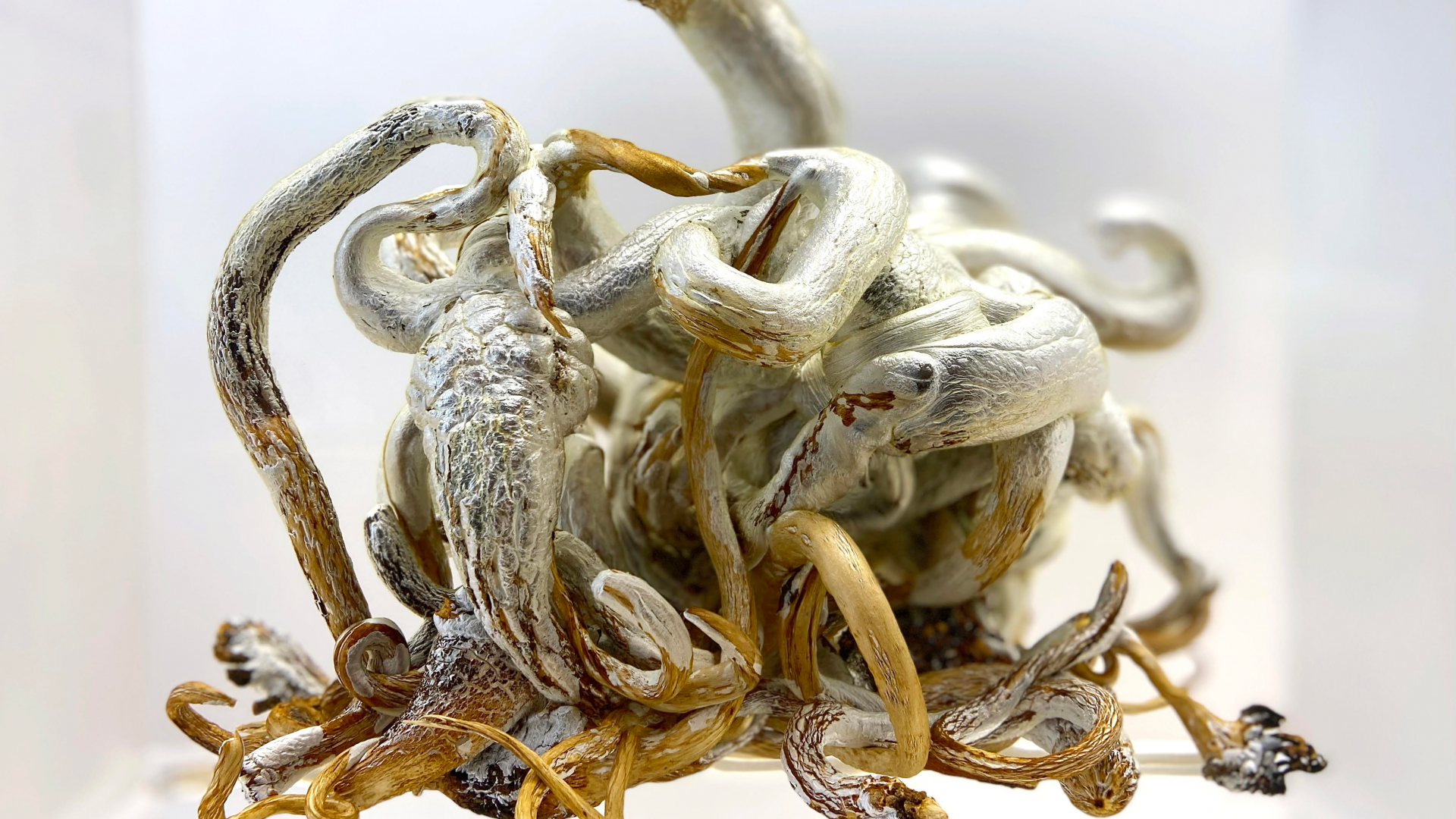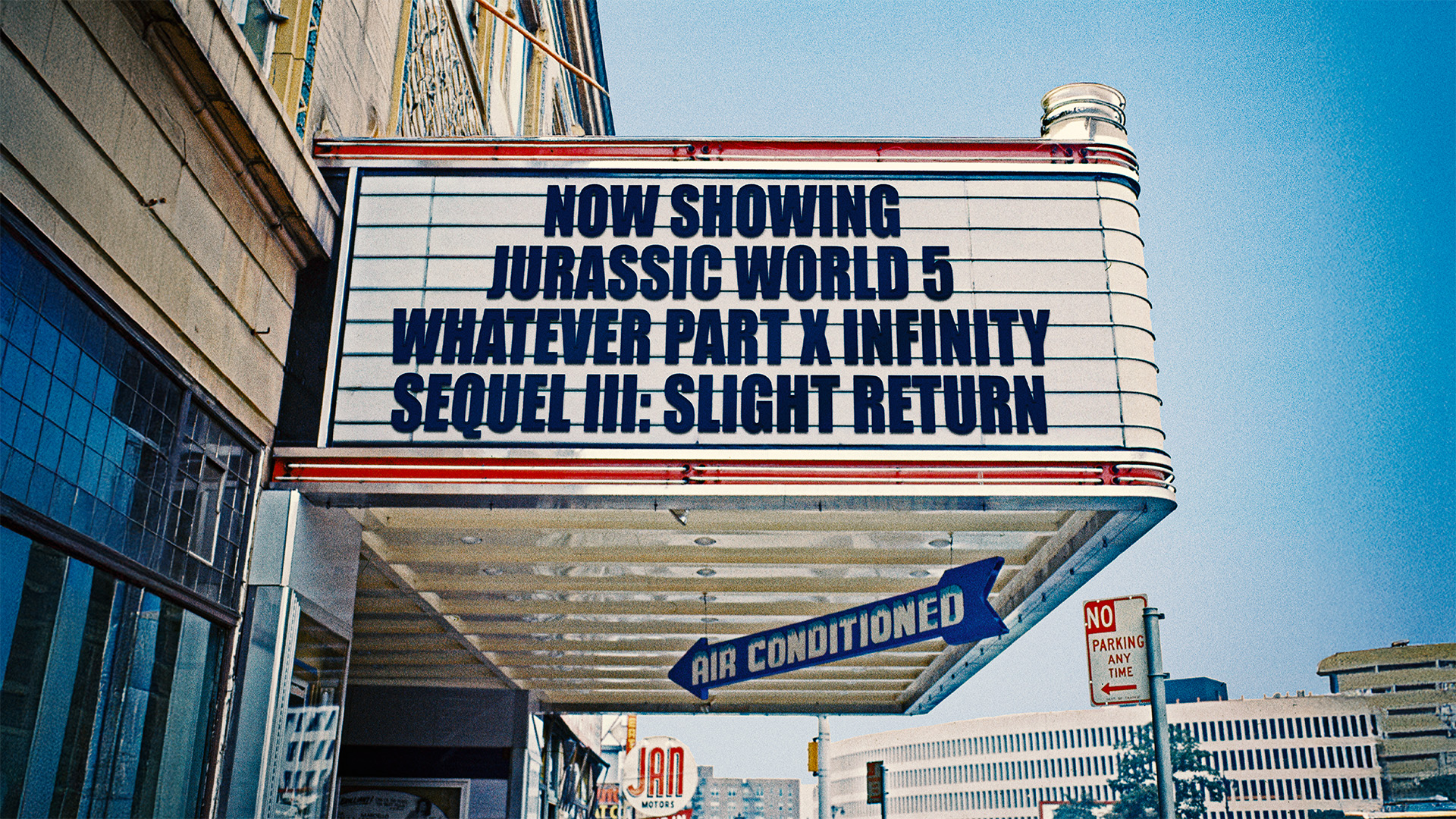To borrow from the wisdom of Uncle Monty, it is the most shattering experience of a young man’s life when one morning he awakes and, quite reasonably, says to himself, “I will never have a retrospective at Tate Modern.”
All is not lost, however, for the aspiring artist who clings to the dream of exhibiting in one of the cathedrals of the global art establishment. For the persistent chancer, there is always a chance – and that chance is the Royal Academy’s Summer Exhibition.
This is the place that every summer offers the Freds, the Sallys, the Kevs and the Lindas a chance to hang alongside the Traceys, the Hockneys, the Gormleys and the Kapoors. An exercise in meritocratic democracy. Sort of.
There’s an awful lot of who-you-know at the Summer Exhibition.
I ask two artists, looking for their hangings, what the secret was to winning one of the 1,700 or so spots for exhibition.
“It’s ninety-nine point nine nine per cent who you know,” says one.
“No, that’s an exaggeration,” says the other. “But there’s some truth to it.”

He points me to the adjacent gallery.
“See that big painting on the far wall? The artist who painted it curated the hangings in that gallery and taught about half the artists in that room.”
The percentages for an amateur artist to make it to the wall are in the single digits. Around 16,000 submit a couple of artworks each year, at £40 a time. The vast majority are knocked back.
If they are selected, and their work sells, the RA keeps 35%. Add to this a couple of hundred thousand visitors at £23.50 a time, plus the sponsorship revenue, and the Summer Exhibition all adds up to a financial lifeline for the occupants of Burlington House, Piccadilly, which receives zero funding from the state.
It’s always a mixed bag. And not just from the amateurs. Tracey Emin’s thinly painted crucifixion – described by the man from the Guardian as her masterpiece – fails to inspire any emotion other than a renewed admiration for Francis Bacon or Salvador Dalí.
There are a couple of oddly ordinary apples and pears on canvas. A crumpled plastic cup in poorly painted long grass has sold for £795. Well, somebody liked it. Next to it is a stunning oil by Rupert Brooks titled Silent Sea: an orange plastic bag stretched out, squid-like, on a wide tray covered in tin foil. The light is handled with enormous skill. Twelve hundred quid well spent, for whoever snapped it up.
Humour is in short supply, but Tim Brookes’s photograph of a street sign adorned with the lyrics to Blondie’s One Way or Another is a winner.
In the next room, though, a showstopper: David Eustace’s sculpture Perhaps The Final Breath – a gathered heap of strands of decaying kelp entombed in a crystal-clear rectangle of acrylic and mounted on the cleanest cut of tulipwood. Around the kelp, as the acrylic cured, a shimmering frost of silvery forms, as though the final exhalation had been caught and preserved for… well, immortality. It’s a work of art one could stare at for at least that long.




